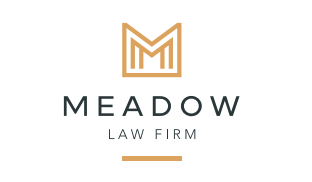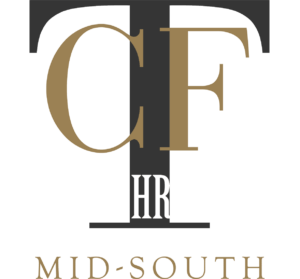Susan B. (0:00:05) – Hello, everyone. Welcome to another episode of the Leverage Report. Excited to have Ken Reimer on today to talk about Rapid Record Solutions. And Ken is both our COO and CTO here at Case Works. And so, Ken, before we dive into the technology, if you don’t mind, just share a little bit about your background.
Ken R. (0:00:26) – Yeah, it’s a pleasure to be here. Thanks for having me. And so, I spent 30 years in the semiconductor industry. I’ve got a couple of engineering degrees. My last role was with an engineering company where I was VP of worldwide operations. I also have a background in project management and, obviously operations.
Susan (0:00:47) – Awesome. Okay, before we talk in depth about the technology, the why, why is it so important for both law firms and litigation funders to leverage a solution or technology that know the Rapid Record Solution?
Ken R. (0:01:03) – Yeah, so Case Works developed the Rapid Record Solutions to help address the number one need in the mass tour industry, in my opinion today, which is records. How do you get records? We’ll talk about how we use them in a variety of ways, but obviously, if you don’t have records, then you don’t have a case, and you can’t prove up a case. So that’s the why.
Susan B. (0:01:26) – So let’s now talk about the technology and the solution starting out with, well you don’t want to go get records on a person that you haven’t validated. So tell us about how we validate and authenticate the leads that come into Case Works.
Ken R. (0:01:42) – Yes. When we receive the client information or list of clients, what we do is take some very basic data, which is first name, last name, and date of birth and phone number. We take that data and we go out to a nationwide network that has nearly 100% of all adults. We can’t do anything with minors, but what we’re able to pull back is 25 years worth of address, phone, email history. We are able to pull the full social, and then we also pull relative and associates and their contact information. We use all that data, therefore, to then validate the information that we’ve been given for that particular client, to make sure that we have the right person before we go out and get the records for that person.
Susan B. (0:02:29) – And so now let’s talk about how we obtain the data. But what you just mentioned is not only important to be able to obtain the medical data, but for law firms that are sitting on case volume, that are unresponsive clients. What you just mentioned is really powerful. For us to be able to come in, gather all that information, and then to be able to start contacting all the history of numbers that we have to be able to reengage them. But tell me a little bit now about how do we go out and obtain that data and the turnaround time.
Ken R. (0:03:05) – Yeah, so we are connected to a nationwide EhR network. It’s multiple. So you know, Google EHR, and you’ll know the Cerners and the FX, et cetera. And we’re connected to all of them as well as some health information exchanges. So what we do is we take the data that we have for each client and we go out to the network and we pull back all records, any and all records. We’re not like just looking for operative reports or pathology report. We pull back everything and then we take that evidence and we put it on our AI. With our AI, we have two different things we’re doing. We have what we call a prediction report that is just a basic, hey, do we have an injury that meets criteria yes or no? And then the second one is a nurse-validated. So if we come in and it’s yes, then the nurses take that and we have a much deeper report that we go through, and we’re looking for a lot more comorbidities, more extensiveness, treatment, et cetera, for the client, and the nurse will then validate all those findings. If we do not find a qualifying injury, then that goes back to the records team so that they can go get more records.
Susan B. (0:04:14) – Great. And the question that everyone always asks me is, this sounds great. How quickly, from the point at which I give you a list of plaintiffs to having the medical data back and reviewed, what does that turnaround time look like?
Ken R. (0:04:32) – Yeah, as always, it depends on the volume, et cetera, and what we find in the first step. Because sometimes if it goes through smoothly and we can identify the patients, then we can have that within hours. And then when we drop it onto the EHR network, if we’re just talking a handful, we can get it within hours. If it’s thousands of clients, then it might take us 24 to 36 hours. But generally, typically it’s less than 24 hours for any request.
Susan B. (0:05:04) – And then to put it on the AI platform and have it reviewed, let’s say it’s another 24, 48 hours. All that to say is that it is going back to the name Rapid Record Solutions. It’s a quick way. Not only it’s efficient for law firms to be able, from a turnaround perspective, to be able to determine if they have valid cases, but there’s a significant cost savings. And so when you mentioned we peen the network and we bring back all this data we’re not trying to narrow historically, that’s what’s done in the mass tort industry. You try to narrow the scope that you’re requesting records because both you’re incurring cost of both the facility and a per page fee. And the way that we go about obtaining the data, there is none of that. There is no facility and no per page. So we just want to get as much information back to be able to review. Anything else you would like to share? This has been super helpful.
Ken R. (0:06:01) – No, I think that’s it. I appreciate it.
Susan B. (0:06:05) – Awesome. Thank you. Bye.




